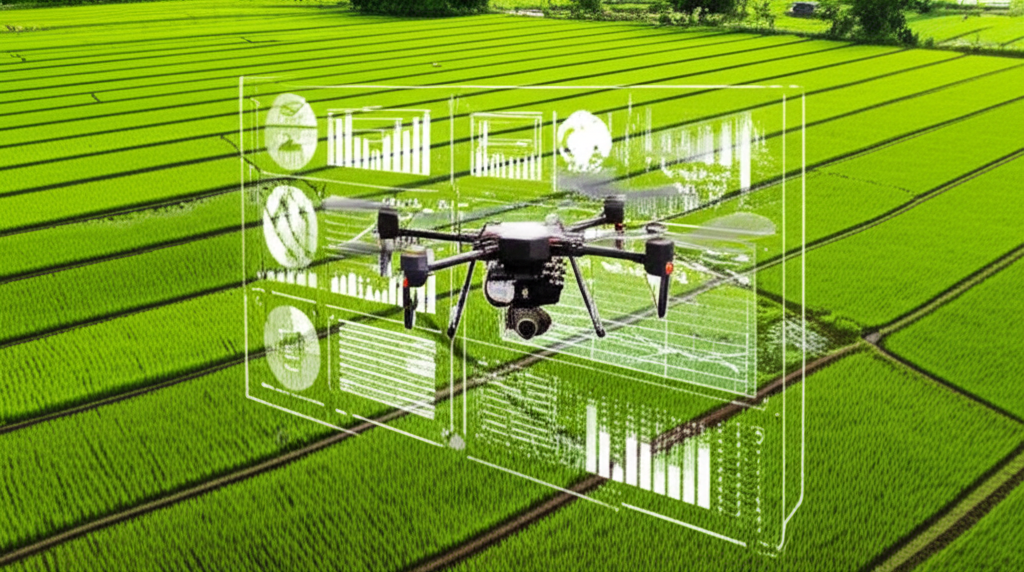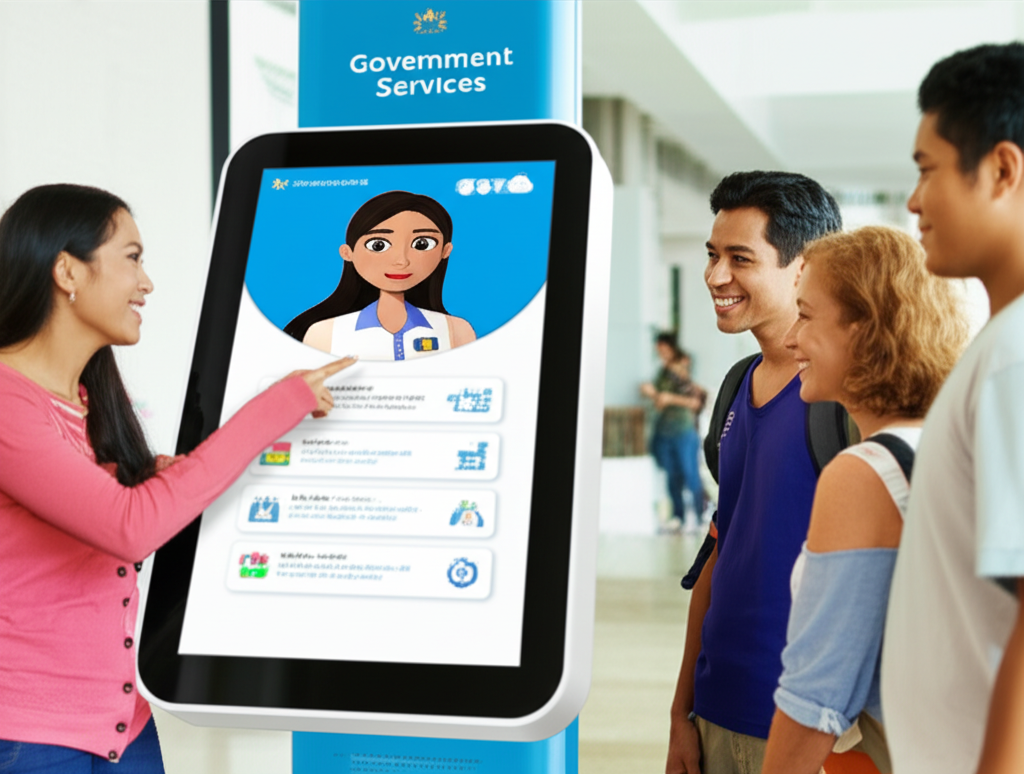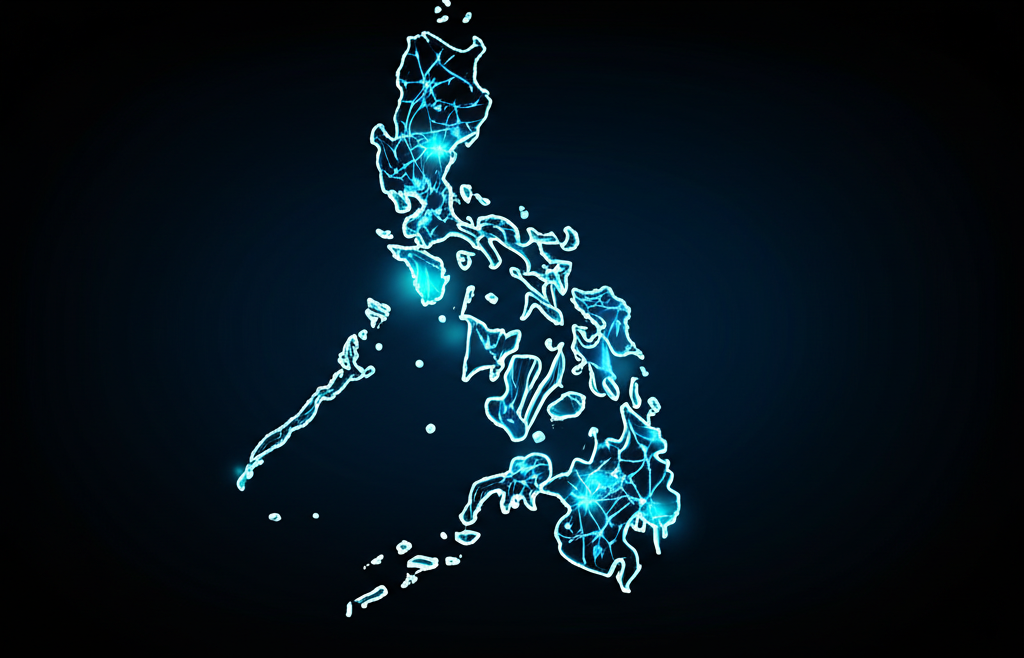The AI Revolution and the Philippine Context
Artificial Intelligence (AI) is reshaping economies and societies worldwide, and the Philippines stands at a critical juncture to harness these technologies for national development. With its unique combination of challenges and strengths—including a young, tech-savvy population, growing digital infrastructure, and pressing socioeconomic needs—the Philippines has distinctive opportunities to leverage AI for transformative impact.
Current State of AI in the Philippines
While still in early stages compared to global leaders, the Philippine AI ecosystem is gaining momentum:
- The government's "AI Roadmap" outlines strategic priorities for national AI development
- Growing startup ecosystem focused on AI applications
- Increasing adoption in BPO, financial services, and retail sectors
- Academic institutions developing specialized AI curricula and research programs
However, challenges remain, including the digital divide, infrastructure limitations, and the need for AI-specific skills development and regulatory frameworks.
Transformative Potential Across Sectors
Agriculture: Feeding the Nation with Precision
Agriculture employs roughly 25% of the Philippine workforce but faces challenges including climate vulnerability, fragmented landholdings, and limited technology adoption. AI can help transform this vital sector:

- Precision farming: AI-powered analysis of satellite imagery, drone footage, and sensor data can optimize irrigation, fertilization, and pest management for small-scale farmers
- Crop disease detection: Smartphone-based AI tools can help farmers identify plant diseases early through image recognition
- Weather prediction: Localized AI weather forecasting can help farmers make better planting and harvesting decisions in the face of increasingly unpredictable weather patterns
- Supply chain optimization: AI can reduce post-harvest losses by optimizing storage, transportation, and market connections
Case study: A pilot program in Benguet province using AI-powered soil analysis and crop recommendation systems increased vegetable yields by 27% while reducing fertilizer use by 18%.
Healthcare: Extending Quality Care to All
The Philippines faces significant healthcare challenges, including uneven access to medical services, shortage of specialists in rural areas, and the dual burden of infectious and non-communicable diseases. AI offers promising solutions:

- Telemedicine triage: AI-powered initial assessment can direct patients to appropriate care levels, particularly valuable in remote areas
- Diagnostic assistance: AI tools can help general practitioners interpret medical images and test results in areas without specialists
- Disease surveillance: Machine learning can identify potential outbreaks by analyzing patterns in healthcare data, social media, and environmental factors
- Personalized health monitoring: AI-enabled mobile applications can provide ongoing monitoring and guidance for patients with chronic conditions
Case study: An AI-assisted tuberculosis screening program implemented in Metro Manila achieved 92% accuracy in identifying potential TB cases from chest X-rays, significantly accelerating diagnosis in high-risk communities.
Education: Personalizing Learning at Scale
The Philippine education system serves over 27 million students with varying needs, learning styles, and resource access. AI can help address persistent challenges:

- Adaptive learning platforms: AI can customize educational content based on individual student progress, strengths, and weaknesses
- Automated assessment: Natural language processing can help teachers evaluate essays and other subjective assignments, freeing time for personalized instruction
- Early intervention: Predictive analytics can identify students at risk of falling behind or dropping out
- Language bridging: AI translation tools can help bridge language gaps in a country with over 180 languages and dialects
Case study: A pilot program in Cebu using AI-powered adaptive math learning software showed a 35% improvement in test scores among participating elementary students compared to traditional methods.
Disaster Response: Enhancing Resilience in a Vulnerable Nation
As one of the world's most disaster-prone countries, the Philippines faces regular typhoons, floods, earthquakes, and volcanic eruptions. AI can strengthen disaster management:

- Early warning systems: AI can enhance prediction of disaster impacts by integrating multiple data sources
- Damage assessment: Computer vision applied to satellite and drone imagery can rapidly assess damage after disasters
- Resource allocation: AI can optimize the distribution of emergency supplies and personnel based on need and accessibility
- Social media monitoring: Natural language processing can identify people needing urgent assistance during disasters
Case study: During Typhoon Odette in 2021, an AI-powered damage assessment tool analyzing satellite imagery helped prioritize response efforts, reducing assessment time from days to hours.
Government Services: Enhancing Efficiency and Accessibility
The Philippine government is working to improve service delivery across its extensive bureaucracy. AI offers tools to enhance efficiency and accessibility:

- Chatbots and virtual assistants: AI can provide 24/7 access to government information and services in multiple languages
- Process automation: Routine document processing and approvals can be accelerated through AI
- Fraud detection: Machine learning can identify unusual patterns in government transactions
- Traffic management: AI can optimize traffic flow in congested urban areas like Metro Manila
Case study: The Department of Information and Communications Technology's AI-powered chatbot for citizen services handled over 50,000 queries per month, with a 78% resolution rate without human intervention.
Business and Finance: Driving Economic Growth
AI can help Philippine businesses compete globally while expanding financial inclusion:

- SME empowerment: AI tools can help small businesses optimize operations, marketing, and customer service
- Alternative credit scoring: AI can assess creditworthiness for the unbanked population using non-traditional data
- Fraud prevention: Machine learning can enhance security for the growing digital payment ecosystem
- BPO evolution: AI augmentation can help the BPO sector move up the value chain from process-oriented to knowledge-based services
Case study: A Filipino fintech startup using AI-based alternative credit scoring has extended loans to over 100,000 previously unbanked individuals with default rates comparable to traditional banking.
Transportation: Improving Mobility in Challenging Conditions
The Philippines faces significant transportation challenges, particularly in urban areas. AI can help create more efficient and accessible transportation systems:

- Traffic optimization: AI can adjust traffic signal timing based on real-time conditions
- Public transport planning: Machine learning can optimize routes and schedules based on demand patterns
- Ride-sharing efficiency: AI can improve matching algorithms for the popular ride-sharing services
- Infrastructure maintenance: Computer vision can identify roads and bridges needing repair
Case study: An AI-powered traffic management system piloted in Cebu City reduced average commute times by 23% along major corridors during peak hours.
Media and Content Creation: Preserving and Promoting Filipino Culture
AI tools can help create, translate, and distribute Filipino content while preserving cultural heritage:

- Language preservation: AI can help document and translate endangered Philippine languages
- Content localization: Machine translation can make global content accessible in Filipino and regional languages
- Cultural heritage digitization: AI can assist in preserving and cataloging cultural artifacts
- Creative tools: AI-powered tools can help Filipino creators produce competitive content for global audiences
Case study: An AI project at the University of the Philippines has digitized and transcribed over 10,000 hours of oral histories in endangered languages, creating searchable archives for future generations.
Building an Inclusive AI Ecosystem
For AI to truly benefit the Philippines, several foundational elements must be developed:
1. Human Capital Development
- Integration of AI and data science into educational curricula at all levels
- Reskilling programs for workers in industries likely to be transformed by AI
- Incentives to retain AI talent within the country
2. Infrastructure and Data Governance
- Expanded digital infrastructure, particularly in underserved areas
- Data sharing frameworks that balance innovation with privacy and security
- Development of Philippine-specific datasets to train relevant AI models
3. Ethical and Regulatory Frameworks
- Development of AI ethics guidelines reflecting Filipino values and contexts
- Regulatory frameworks that protect citizens while enabling innovation
- Mechanisms to address potential bias and ensure AI benefits are widely shared
4. Public-Private Collaboration
- Partnerships between government, industry, academia, and civil society
- Innovation hubs focused on applying AI to Philippine-specific challenges
- International cooperation to access global AI expertise and resources
Conclusion: A Philippine Path to AI-Enabled Development
The Philippines has a unique opportunity to chart its own path in the global AI revolution—one that addresses its specific challenges while building on its distinctive strengths. By focusing AI development on sectors with the greatest potential for social impact, the country can work toward more inclusive growth and improved quality of life for all Filipinos.
Success will require thoughtful planning, investment in foundational capabilities, and collaboration across sectors. With the right approach, AI can be a powerful tool in the Philippines' development journey, helping the nation leapfrog traditional development stages and create innovative solutions to longstanding challenges.
The future of AI in the Philippines will be determined not just by global technological trends, but by the choices made today by Filipino policymakers, businesses, educators, and citizens. By embracing AI with a clear vision and strategic approach, the Philippines can position itself not just as an adopter of AI technologies, but as an innovator creating AI solutions that reflect Filipino ingenuity and address uniquely Filipino needs.


